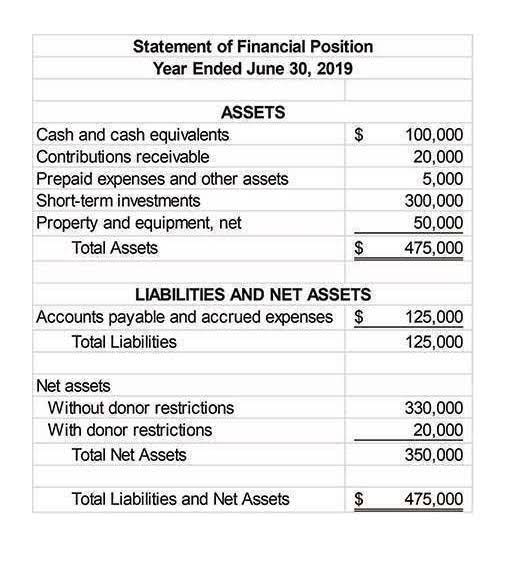Outstanding Check Report
 04 ส.ค. 65
04 ส.ค. 65

Even though the bank statement may not display it, the payee’s account incurs a debit for the amount of the outstanding check. As a business owner or accountant, handling uncashed checks can be a tedious task that requires attention to detail and knowledge of state-specific laws. In some cases, checks may remain uncashed for an extended period, leading to escheatment – the transfer of unclaimed property to the state government. Outstanding checks are not just pieces of paper awaiting bank processing; they are integral to the financial health and accuracy of both individuals and businesses. By diligently tracking and accounting for them, one can maintain a robust financial plan and avoid the pitfalls of fiscal oversight. Outstanding checks are an essential element to understand and monitor within any check register.
- Proactive measures are the most effective way to mitigate the challenges posed by outstanding checks.
- That’s why we subtract the amount of the outstanding checks from the bank statement balance.
- During that time, you made several other transactions and didn’t account for the outstanding check.
- The Cleared Check Entry form displays a list of uncleared checks.
- Using Eisen alongside QuickBooks streamlines the process from identifying uncashed checks to submitting state-specific reports and forms.
- Let’s imagine that you recorded a check for $715, but the bank cleared that check for $751.
- The original check is cleared and voided in the bank reconciliation.
The Importance of Emergency Funds and How to Build Yours

Businesses can ensure that their financial statements reflect the true unearned revenue amount of cash available, which is essential for accurate financial analysis and decision-making. Outstanding checks are financial instruments that have been written and recorded in the issuing entity’s accounting system but have not yet been cashed or deposited by the recipient. This discrepancy arises because the timing of the check writer’s record-keeping does not align with the bank’s transaction processing.
How Josh Decided It Was Time to Finish His CPA
- Once we have entered Beginning Balance, we shouldn’t record any transaction beyond the opening balance’s date.
- Add the deposits in transit to the beginning balance and subtract the outstanding checks.
- Now I enter those two checks dated historically, and enter what applies (it can be expense or equity, since expense already ends up in Equity on Jan 1, anyway).
- Outstanding checks are financial instruments that have been written and recorded in the issuing entity’s accounting system but have not yet been cashed or deposited by the recipient.
- Check owner needs to ensure enough balance in his account otherwise it will cause more problems.
- When the payee deposits the check at a bank, it requests the funds from the payor’s bank, which, in turn, withdraws the amount from the payor’s account and transfers it to the payee’s bank.
However, if a company voids one of its outstanding checks, the company will need to make an entry in its general ledger. The entry will debit Cash in order to Bookkeeping for Consultants increase the account balance. The credit portion of the entry will likely be to the account that was originally debited when the check was issued.
- Reach out to get started and minimize the risk of errors and penalties.
- You also have the option not to include this in your reconciliation to avoid any issues.
- For additional reference, you can check this article on how to resolve A/R or A/P balances on a cash basis Balance Sheet.
- They’ll be able to provide a more detailed information about how to handle these old check in the registry.
- You can report a liability, along with the amount that was remitted, to your state’s Office of the Controller.
What is Accounting?
A check is a financial instrument that authorizes a bank to transfer funds from the payor’s account to the payee’s account. When the payee deposits how to record outstanding checks the check at a bank, it requests the funds from the payor’s bank, which, in turn, withdraws the amount from the payor’s account and transfers it to the payee’s bank. When the bank receives the full amount requested, it deposits it into the payee’s account.

Click to select the field titled Reference, and then enter the check number. Please refer to the state regulations for instructions on how to handle unclaimed property. You also have the option not to include this in your reconciliation to avoid any issues. Let us go through a few examples to understand these types of checks. How do I reconcile a cheque that is replaced with another and also increased?





